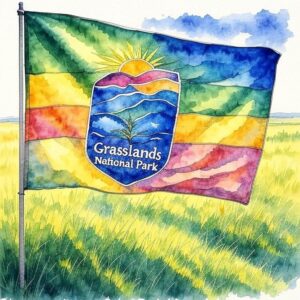Wildlife Of Prince Albert National Park: A Haven For Canada’s Iconic Species
Nestled in the boreal forest of Saskatchewan, Prince Albert National Park is a sanctuary for diverse wildlife. Established in 1927, this 3,874-square-kilometer park protects a mosaic of forests, grasslands, and wetlands, providing critical habitat for numerous species. From majestic mammals to elusive birds, the park is a prime destination for wildlife enthusiasts. Below, we explore some of the most notable animals that call this park home.
Large Mammals: Kings Of The Boreal Forest
One of the park’s most iconic residents is the Wood Bison(Bison bison athabascae). As one of the last remaining free-roaming herds in the world, these … Continue


